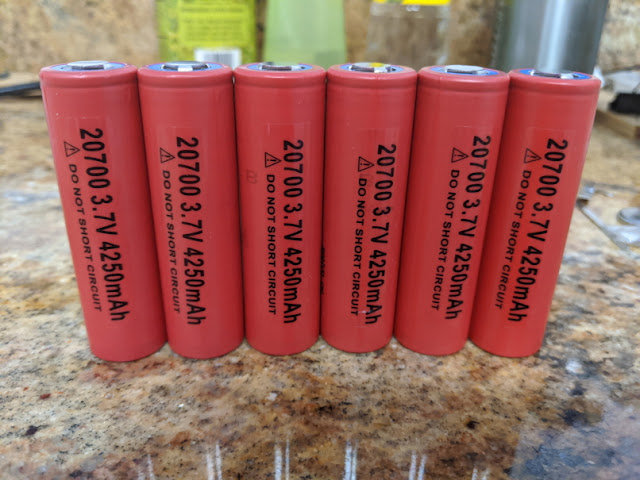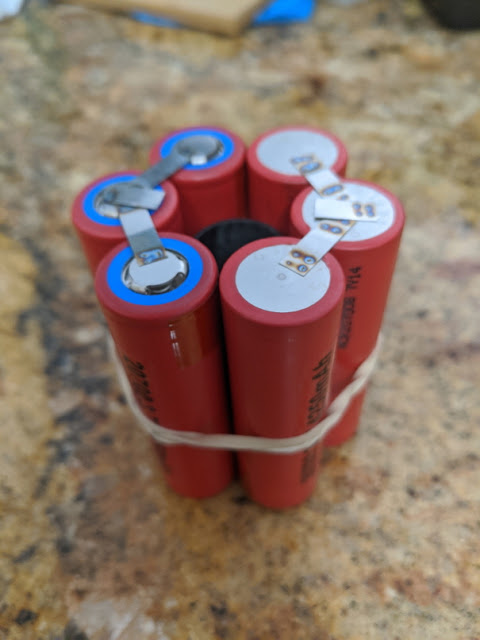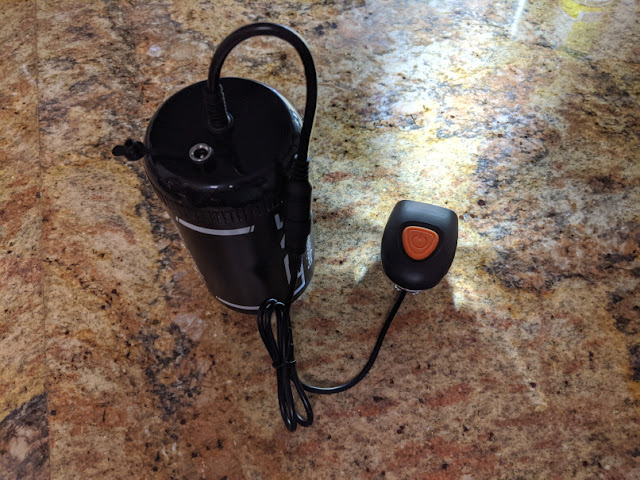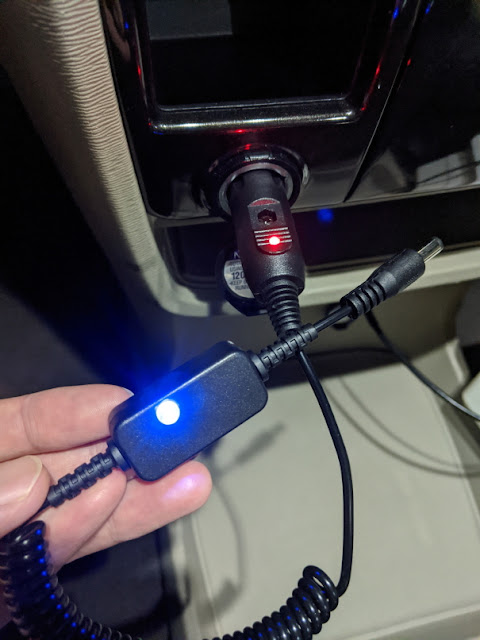When I upgraded the stereo of my 2013 Toyota Sienna (although I don't own the car anymore), I found that most of aftermarket receivers are not compatible with the stock hands-free microphone. So, it is usually recommended to give up the stock microphone and install a new one. However, I really wished to re-use the stock microphone and did some research myself. Actually, doing the research, I found that I was not the first who thought about re-using the OEM Mic for the aftermarket receiver. However, to my surprise, none of the precedents seemed to get successful outcomes.
The issue I identified was that, the OEM Mic system uses balanced output, which is generated by an integrated amplifier within the Mic module. On the other hand, the aftermarket Mic system uses unbalanced input. Also, since the aftermarket receiver uses a capacitor Mic, there is phantom power supply to the Mic.
The wiring diagram of Toyota stereo is shown below. We can see the two balanced output terminals MCO+ and MCO- from the Mic module.
|
Pin |
Description |
Test condition |
Test value |
|
MACC |
Microphone power supply |
Ignition switch off |
Below 1V |
|
Ignition switch ACC |
4 to 6V |
||
|
SNS2 (SGND) |
Microphone connection detection |
Always |
Below 1V |
|
MIN+ |
Microphone voice signal |
- |
- |
|
MIN- |
Microphone voice signal |
- |
- |
Another issue I noticed was that the Mic module requires 5V supply, not 12V.
Okay, so to summarize, I needed the following functionalities:
- DC 5V supply
- Balanced to unbalanced conversion
- Phantom power blocking
Parts:
- 1:1 audio transformer
- Note: the transform ratio may need to be adjusted depending on the receivers. In my case, 1:1 transformer turned out working fine. However, for some receivers, it may saturate the AGC amp of the receiver, and distort the sound. Alternatively, a potentiometer can be connected in parallel at the output stage (Mic jack) for volume control.
- LM7805
- Note: if the receiver has a USB port, the 5V supply could be tapped out from the USB port (I haven't tried this though).
- 50uF x 1
- 10uF x 1
- 1uF x 1
- 50k potentiometer x 1








































